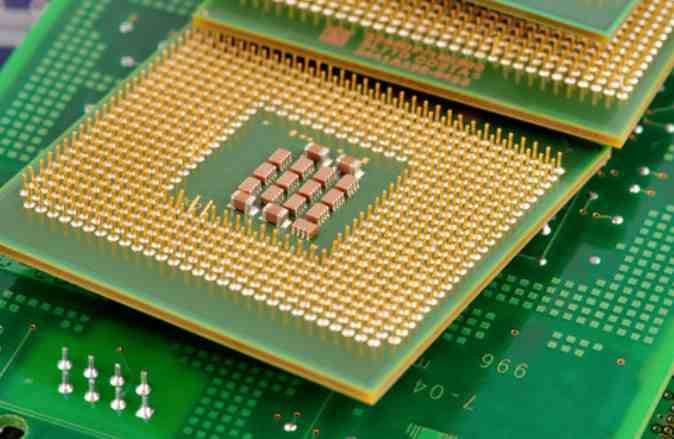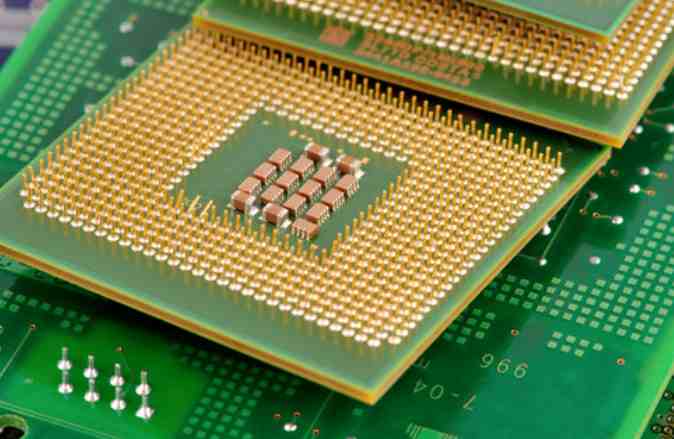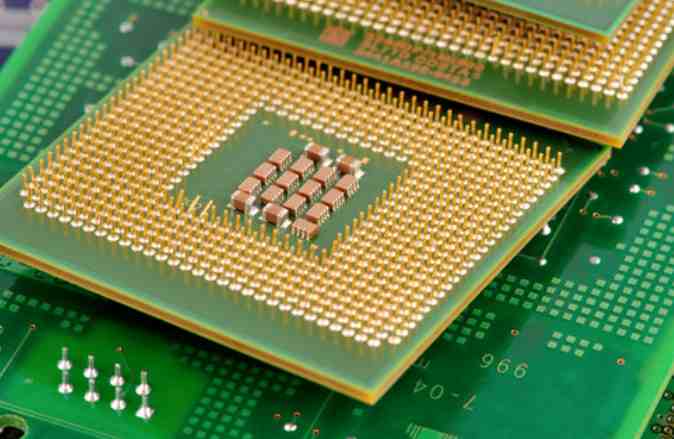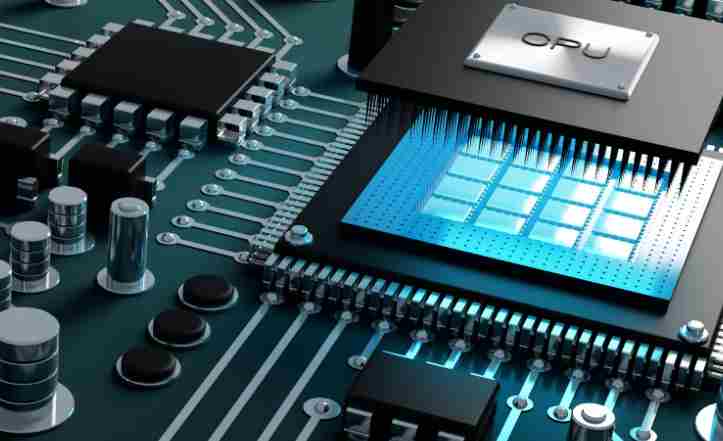
1. Industry development history
FPC manufacturing industry appeared in the 1960s, the United States and other countries with advanced electronic technology were the first to apply FPC to aerospace and military and other sophisticated electronic products. After the end of the Cold War, FPC began to be used in civilian products. At the beginning of the 21st century, the rapid development of the consumer electronics market has promoted the FPC industry to enter a period of rapid development. However, due to the continuous increase in production costs in Europe and the United States, the focus of FPC production has gradually shifted to Asia, forming the first wave of FPC industry transfer. This wave has made the FPC industry in Japan, South Korea, Taiwan and other countries and regions with a good manufacturing base and production experience grow rapidly. In recent years, Japan, South Korea and Taiwan are also facing the problem of rising production costs, and the FPC industry has begun a new industrial transfer. FPC manufacturers in developed countries have invested and set up factories in China, and China, as the main undertaking country of the FPC industry, has benefited from the new wave of industrial transfer.
The FPC industry in mainland China developed slightly later, and sporadic FPC process research and development began in the late 1980s, and the products were mainly used in military and high-end electronic production. In the early 1990s, the development of electronic products in mainland China was slow, and the development of FPC industry was slow; In the late 1990s, influenced by the acceleration of FPC technology progress and the continuous transfer of electronic products industry to mainland China, FPC demand was rapid and strong, and the industry began to break out.

2. Global industry development status
At the beginning of the 21st century, the FPC industry grew rapidly, and from 2003 to 2008, the average annual growth rate of global FPC output was about 6%. In 2009, affected by the macro environment, the output value fell by 9.33%, falling back to 6.8 billion US dollars.
With the recovery of the global economy in the past two years, the sales of smart electronic products have increased rapidly. FPC, as the most suitable printed circuit board for smart electronic products, has become one of the biggest beneficiaries of the development of the smart electronics industry, the industry has returned to the upward channel, and its market share has also been improved with the changes in the electronic products market environment and the changes in the world PCB market pattern.
FPC with its superior performance, the application field continues to expand, become the fastest growing PCB type, accounting for a rising proportion of the PCB market. In 2012, the world's total PCB output value was affected by the slowdown of the global economic recovery, which fell by 2.0% compared with 2011, but the FPC output value reached 10.788 billion US dollars, an increase of 17.2%, accounting for 19.86% of the total output value (the proportion increased by about 3.2% compared with 2011). Ranked first in the annual growth rate of output value of the five major PCB types. In 2013, the total output value of global PCB reached 56.1 billion US dollars, of which FPC still maintained a good growth momentum, with a growth rate of 8.7% ahead of the remaining categories of PCB, and the proportion further rose to 20.9%, becoming the most growing part of the PCB industry.
The research shows that the global FPC industry will continue to maintain a steady and rapid development momentum, and the output value will reach 14.24 billion US dollars by 2015; By 2017, the world's total PCB output value will reach 65.654 billion US dollars, of which FPC output value will reach 15.663 billion US dollars, a compound annual growth of 7.7%, ranking first in the five types of PCB, and the proportion of PCB output value further rose to 23.86%, becoming the fastest growing sub-industry in the PCB industry.
How to remove silicone oil from FPC circuit board
Flexible circuit board This material has high heat resistance, good dimensional stability, and the covering film with mechanical protection and good electrical insulation properties is pressed into the final product. The surface and inner conductors of the double-sided, multi-layer printed circuit board are metallized to realize the electrical connection of the inner and outer layer circuits.
When the circuit board is pressed together with the release film, the silicone oil will be transferred to the circuit board, resulting in poor binding degree, so the silicone oil on the surface of the product needs to be completely cleaned before a step process can be carried out. And can not damage the circuit board, silicone oil is a general ordinary cleaning agent can not be cleaned, and the purchase of solvo-based products, but afraid of harm to the circuit board, and neutral silicone oil cleaning agent using high-quality anionic and non-ionic surface activator precise synthesis of water polyol mixture and produce a near neutral concentrate. Silicone oil cleaning agent is specially formulated, highly efficient and has the strongest cleaning, decontamination characteristics, fully rinseable, biodegradable medium-sized cleaning agent. Has a unique cleaning effect, does not hurt the skin, without any corrosion.
Silicone oil cleaning agent cleaning method:
Cleaning method 1: ultrasonic cleaning
1, dilution ratio: cleaning agent: water =1:5-20, cleaning pollution degree of serious need to increase the concentration of the solution.
2, cleaning process: cleaning agent: water =1:5-20 open thin (heating 45-75℃ ultrasonic cleaning 3-5 minutes)→ rinse with water until clean → dry. (The cleaning pollution degree is serious need to increase the temperature and extend the cleaning time)
Cleaning method 2: spray cleaning
1, dilution ratio: cleaning agent: water =1:5-20, cleaning pollution degree of serious need to increase the concentration of the solution.
2, cleaning process: cleaning agent: water =1:5-20 open thin (heating 60-80℃ spray cleaning) time is 5-10 minutes (depending on the degree of dirt can be extended cleaning time) → rinse with water to clean → dry.
Cleaning method 3: immersion cleaning
1, dilution ratio: cleaning agent: water =1:5-20, cleaning pollution degree of serious need to increase the concentration of the solution.
2, cleaning process: cleaning agent: water =1:5-20 open → Soak the cleaning material (continuous agitation or scrub) cleaning time is 15-30 minutes, the temperature is above 60-80 ℃ (depending on the degree of dirt can be extended cleaning time) → rinse with water until clean → dry.







